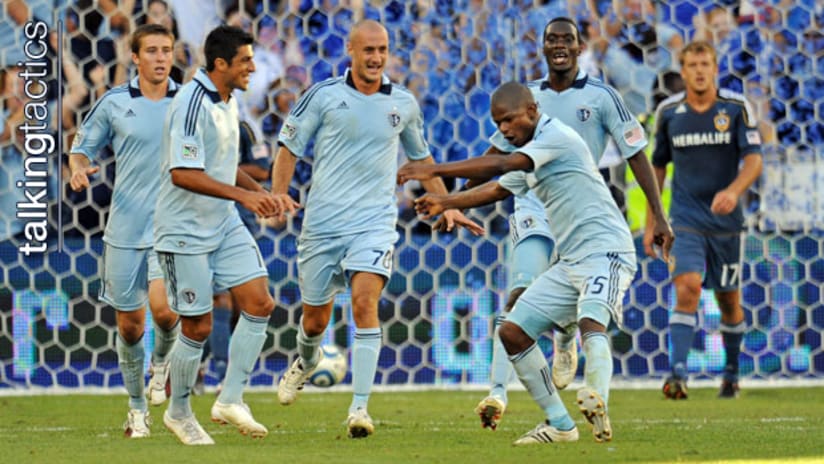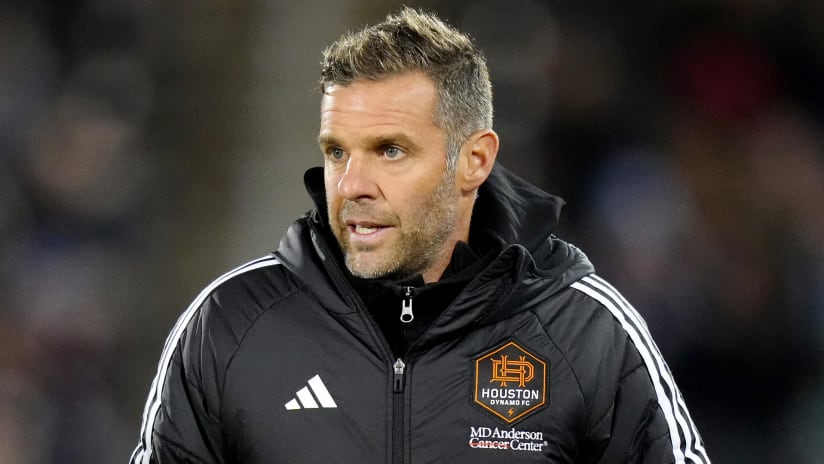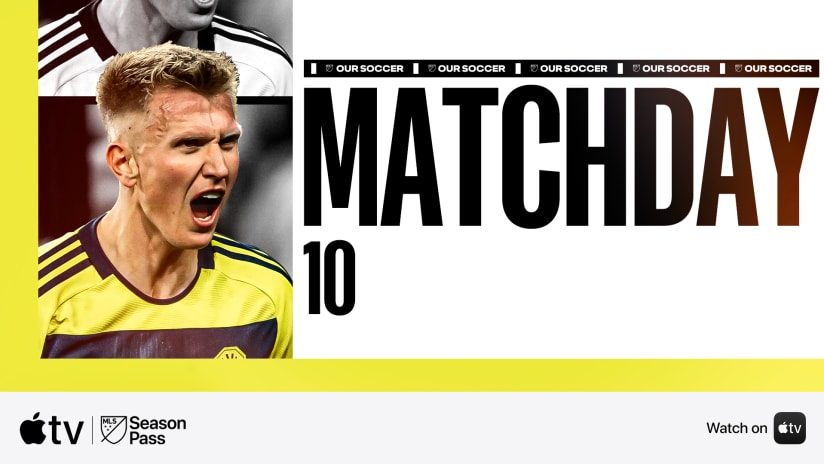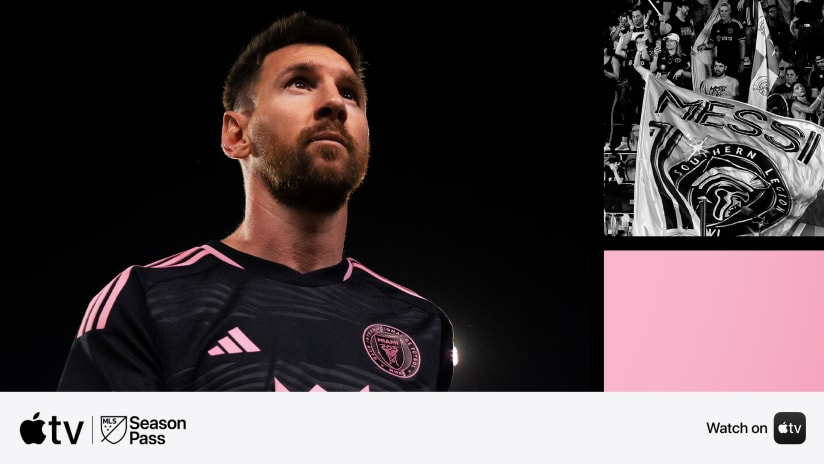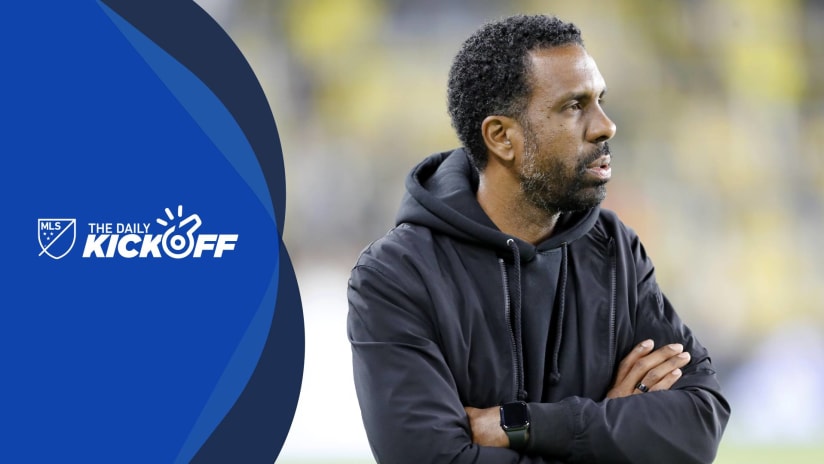Is there such a thing as employing too much tactical strategy on the soccer pitch?
Some coaches treat tactics as near religion, rules to be followed with Swiss watch dependability. Others regard them as shackles to be discarded, as mere guidelines that provide a skeletal platform.
Those teams spin off an axis of a basic, strategic philosophy, but they encourage freedom and interpretation in the applications. The X’s and O’s are effectively just suggestions. They strive to be “dynamic,” shorthand for operating a system unburdened by oodles of rigid roles.
The best MLS example was seen on Monday night in the league’s Labor Day special offer: Sporting Kansas City as they went up against the league-leading LA Galaxy.
Sporting are the epitome of “dynamic.” They work off a basic 4-3-3 formation but operate by design with only loosely defined roles. They want attackers to enjoy and exploit freedom only nominally attached to pattern play and positional discipline.
The Galaxy, by complete contrast, operate on a foundation of roles and responsibilities that are anything but suggestions. LA have erected the league’s top record — with one hand on a second straight Supporters’ Shield — by predictable and strict adherence to assignments within a vanilla-but-effective 4-4-2. Galaxy coach Bruce Arena always says the game is about players, not tactics — an old chestnut that is only partially true.
WATCH: Sporting KC draw LA 2-2

More accurately, any choice of tactics matters less than a uniform and consistent execution of them. It doesn’t matter which way you’re pulling, so long as everyone pulls the same way, and in useful synchronization. Arena’s team is a model of organization, a bunch of guys who know their roles and wear them well, the result of day after day of studious practice repetition.
So let’s look at Monday’s match, a 2-2 draw at Livestrong Sporting Park. You can argue that disparate levels of organization spelled the difference in this one (a better result for the visiting Galaxy than for SKC).
Is Kansas City’s tepid approach to on-field organization helping or hurting Peter Vermes’ side? The answer might be “a little of both” — which helps explain a record that’s pretty close to .500 at 9-8-10.
The SKC way really stings Kansas City on defense. The back line is too loose, but still better organized than the midfield. On Monday inside a packed LSP, it was sometimes hard to pinpoint which player among Kansas City’s three-man midfield was the designated holding presence. Ostensibly it was Roger Espinoza. But the Honduran World Cup veteran frequently got ahead of Graham Zusi, who was lined up marginally as a right-central midfielder.
Ideally, it would probably look something like the United States’ set-up three nights earlier against Costa Rica. In that one, Maurice Edu was clearly the holding and screening presence, sitting in a disciplined stance in front of his defense. José Torres played to the left, slightly ahead of Edu. He was assigned the duty of tucking in first among the three-man midfield, providing nearby defensive support for Edu. Meanwhile, Landon Donovan was stationed a little further forward and to the right.
But Kansas City’s midfield construct just isn’t so highly defined. Zusi seems to have more defensive responsibility than Jéferson, the club’s newly loaned Designated Player from Brazil’s Vasco da Gama. Still, it’s all free-form stuff.
So the failure to provide sufficient defensive cover becomes damaging against an organized attack. That helps explain Kansas City’s 36 goals allowed, most among the foursome of Eastern Conference leaders and well more than any of the Western Conference leaders.
On the attacking matters, the SKC coaches still have some tactical sorting ahead. Omar Bravo — playing as the left-sided forward — and left-central midfielder Jéferson found themselves too often claiming the same ground. Generally, Kansas City’s 4-3-3 lacks width in the attack, as neither Bravo on the left nor most of the choices on the right can truly be called “wide” players.
On the other hand, offense is hardly SKC’s problem. The side’s 40 goals scored stands second best in the East and third best in the 18-team league.
The Sporting KC attack works not because of well-rehearsed roles, but because Vermes’ side applies relentless pressure through sheer numbers and by exploiting that roiling atmosphere, the region’s enlivened fans sitting right on top of that degenerating field. All that pressure leads to set pieces, which Sporting reliably convert into chances. And they rely on offensive moments of brilliance from Bravo, from breakout man Zusi and from rookie C.J. Sapong, who is quietly proving effective as a target man.
Vermes and his staff did help turn a potentially devastating loss into a worthwhile draw with a late, tactical reorganization. Aurélien Collin had started as a makeshift right back, but it wasn’t working. His defensive starting positions tended to be too central — old habits and all. (If David Beckham & Co. had recognized how easily he was being sucked into the middle, out of position, this one could have turned out differently.)
So in a multi-headed shift, Vermes moved Chance Myers from right wing to his more familiar right back home, shifted Collin to center back while Espinoza was removed in favor of Davy Arnaud, among other shifts.
It helped immediately. Collin’s movements into the attack had been slow and predictable, whereas Myers knew where and when to apply extra pressure along the right.
Bottom line in all this: Some teams need a few more tactical shackles; sometimes they need fewer. The Galaxy clearly have a way that works them.
As for Sporting Kansas City? We’ll know in about seven weeks when the playoff field is set. Then we’ll know whether SKC’s system of freelance wheeling was the poison or the cure.


